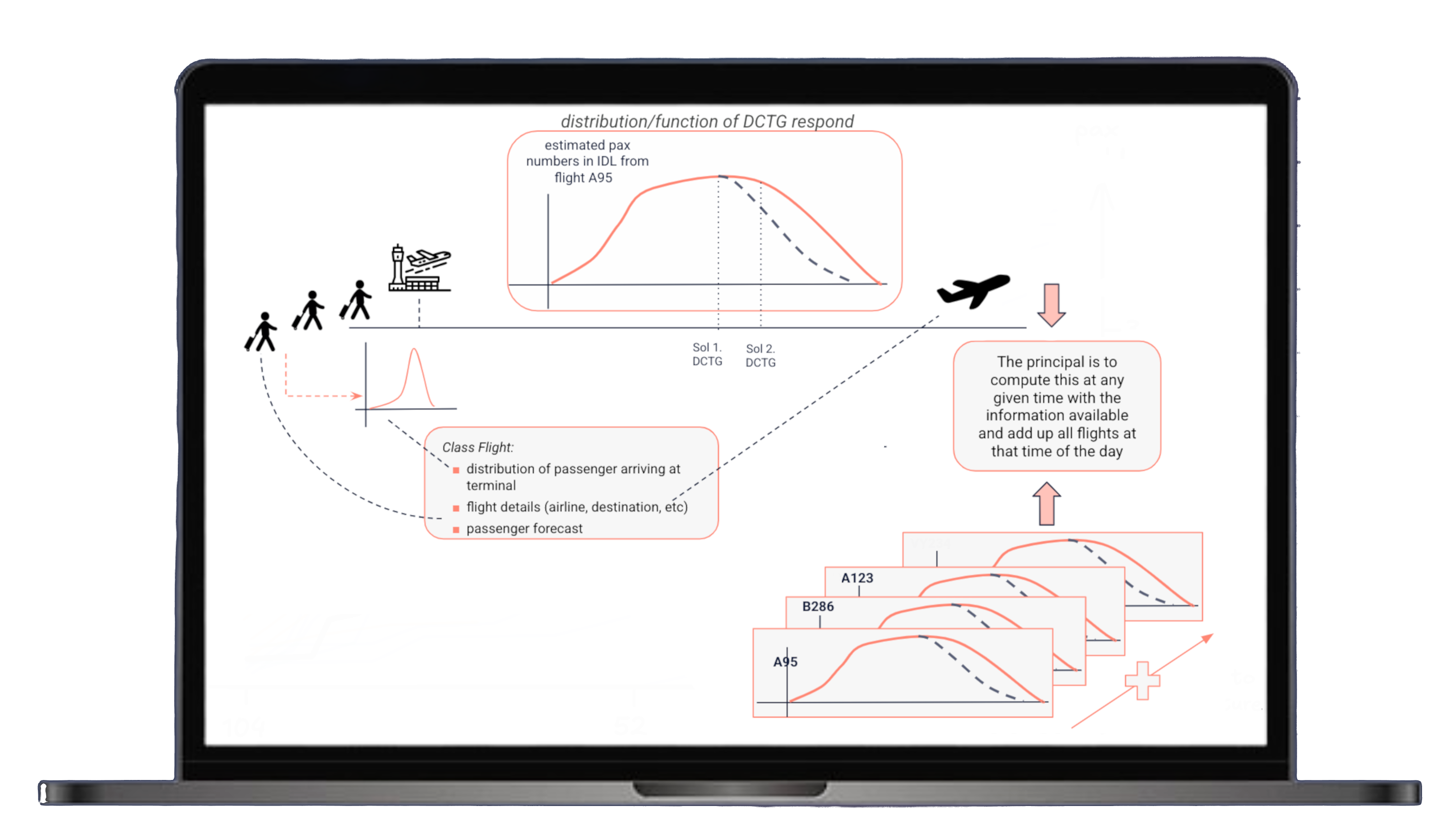The Art of the Seamless Journey

Whilst it's been a long time in the planning, the roll out of the new EU Entry/Exit System (EES) - which includes fingerprint scanning for all non-EU travellers across the continent - is yet another operational challenge for industry execs after a summer of disruption.
Whether it's the repeated threat of strikes, the impact of cyber-attacks, or the physical disruption of drone sightings at airport perimeters, maintaining smooth airport operations has never felt more difficult. While travellers will endeavour to sympathise, the reality is that no one wants to spend more time in an airport terminal than they have to. The new EES scheme is just the latest in a long line of pressures that highlight a fundamental truth: in an increasingly complex and unpredictable world, the old ways of managing airports are no longer enough.
For years, the industry has invested heavily in data and analytics. Dashboards, data lakes, and teams of analysts are now old-hat. But has all that investment been truly leveraged to create a seamless, stress-free experience for passengers?
From Friction to Flow: The Proactive Airport
Imagine an airport where queues are a rarity, where staff are always in the right place at the right time, and where disruptions are managed so smoothly that passengers barely notice. This is the promise a truly data-driven airport offers.
By harnessing the power of predictive analytics and digital simulations, airport operators can simulate the flow of passengers through the terminal, identifying potential bottlenecks before they occur. This allows you to optimise everything from check-in desk allocation, to security lane staffing, to gate allocation and call time, ensuring a smooth and efficient journey for every passenger.
But what happens when the unexpected occurs? A delayed flight, a security alert, a sudden influx of passengers – these events can quickly cascade into chaos. This is where real-time data and AI-powered decision support become critical. A virtual “nerve centre” with properly integrated data that can provide a single, unified view of the entire airport ecosystem, allowing you to monitor passenger flow, staff deployment, and resource allocation in real-time. This allows you not just to see what's happening; but to understand why it's happening and how to fix it. And more importantly, to accelerate decision making - utilising AI to rapidly recommend or automate responses; dispatching additional staff to a crowded area, supporting Passengers with Reduced Mobility, rerouting passengers to less congested security lanes, bringing gate calls forward to get people moving.
Bringing Theory to Life: A Case in Point
We recently worked with a major international airport that was facing the challenge of managing congestion in their departure lounge. They knew they needed a more sophisticated way to manage passenger flow, but were concerned about the potential impact on retail revenue and airline operations.
Our solution was to develop a "digital twin" of passenger movement in the terminal, a dynamic simulation that could model the movement of passengers from security to the gate. This allowed us to test different "call to gate" strategies in a virtual environment, identifying the optimal times to release passengers to their gates in order to minimise congestion and maximise dwell time in the retail areas. The result was a system that could provide real-time recommendations to the operations team, enabling them to proactively manage passenger flow and make smarter, data-driven decisions. This project not only demonstrated the power of sophisticated modelling to solve complex operational challenges, but also the importance of a collaborative approach that brings together stakeholders from across the airport ecosystem balancing operational, commercial and customer experience needs.

The Airline as the Informed Guide
Airlines have a crucial role to play in creating a seamless passenger experience, even when they don't control the physical environment of the airport. The most visible part of this is keeping passengers informed with real-time updates on their flight status, gate changes, and even the current queue time at security. This level of proactive communication can transform a stressful and uncertain experience into a calm and predictable one.
However, a truly robust disruption strategy goes much deeper than communication. During major disruptions, an airline's control centre can become overwhelmed. The sheer complexity of rescheduling thousands of crew members across hundreds of flights, while adhering to a vast web of legal and union rules, is a monumental task. Manual processes often can't keep up, leading to roster violations that cause further delays, cancellations, and even fines from regulators.
This is where AI can provide a powerful, behind-the-scenes advantage. We worked with a leading airline to build a "Crew Violation Recommender" system. This tool uses sophisticated optimisation algorithms to automatically generate legal and efficient crew rosters in real-time during periods of disruption. It provides the airline's operations team with data-driven recommendations, enhancing their decision-making and allowing them to manage complex situations that would be impossible to handle manually. By automating this critical process, the airline can minimise the impact of disruptions, reduce cancellations, and ultimately protect the passenger experience. It’s a prime example of how data and AI can tackle the root causes of disruption, not just the symptoms.

The Power of Partnership: A Connected Ecosystem
The key to creating a truly seamless passenger journey lies in collaboration between airport and airline; through better sharing of information and visibility of performance. But not through bulk data sharing or complex integrations, which can be fraught with governance and data protection challenges, but through a more targeted and agile approach to data sharing. The goal is to create a 'common language' of operational data that both airport and airline teams can understand and act upon in near real-time.
This could involve establishing secure data feeds for critical metrics: think live passenger loads, queue times at security, and real-time baggage handling performance. By agreeing on which key performance indicators (KPIs) matter most for the passenger journey – such as connection success rates or on-time departures from the stand – both parties can align their operational teams around a shared set of priorities.
When disruption hits, this shared situational awareness is invaluable. An airline, seeing real-time data on security wait times, can make a more informed decision about holding a flight for connecting passengers. An airport, seeing an airline's crew rostering challenges, can better anticipate gate and stand requirements. It’s about moving from siloed data to synchronised operations, making small, targeted improvements in decision-flow that collectively create a much smoother, more resilient travel experience. When you layer onto that AI-powered decision support systems or real-time situational awareness you have the capability to move the needle on passenger experience.
Beyond the Technology: A New Mindset
Ultimately, creating a seamless airport experience is not just about implementing new technologies; it's about embracing a new mindset. It's about putting the passenger at the heart of everything you do and using data and AI to understand and anticipate their needs.
The challenges facing the aviation industry are not going away. But with the right strategy and the right partners, you can transform these challenges into opportunities. You can create an experience where perhaps, finally, the journey is as enjoyable as the destination.
Is your organisation ready to embrace the future of travel? We can help you unlock the full potential of your data and AI investments to create a truly seamless and passenger-centric experience. Find out more about how AI is transforming travel and aviation, explore our case studies, or get in touch.








